European
Southern
Observatory

The ELT builds on ESO’s success story and is the culmination of 60 years of international collaboration in astronomy and pooling resources and expertise.
For years the ELT has been the most anticipated and most challenging project the European Southern Observatory has ever embarked upon. Constructing this 39-metre mega telescope is only possible by building on ESO’s long history in pioneering astronomy and engineering, and in bringing countries together to work on ambitious projects. Far from an isolated project, the ELT will become an integral part of the large family of telescopes at ESO’s observatories in Chile. Although smaller in size, these telescopes are giants that have paved the way for the ELT and its almost inconceivable capabilities in imaging and collecting data from our Universe.
Essential for the ELT’s spectacular imaging quality is the incorporation of active and adaptive optics technology including (but not limited to) precise position actuators, multiple sensors, deformable mirrors and laser guide stars. Active optics, the system which allows the mirrors of a telescope to retain perfect shape and position, was first successfully introduced on ESO’s New Technology Telescope (NTT) at La Silla Observatory in 1989 and has been deployed in ESO’s telescopes ever since. Engineers at ESO and elsewhere have also made strides in developing adaptive optics for ESO telescopes, a technology that compensates and corrects for the distortion caused by atmospheric turbulence. Important advancements in adaptive optics came with ESO’s Very Large Telescope (VLT), which revolutionised astronomy and telescope design when the first of its four 8.2-metre telescopes began operations on 25th May 1999. Of particular importance are the VLT’s laser guide stars, which are used by the telescopes’ adaptive optics system to perfect image quality.
Active and adaptive optics systems developed for ESO telescopes have been improved upon and fully integrated into the ELT’s design, as have other technologies and knowledge gained from the NTT, the VLT and other telescopes and instruments ESO has developed and operated. Engineering and technological advances have been improved and scaled-up to be implemented on the ELT, allowing for far greater optical quality and imaging power than would have been possible without standing on the shoulders of other ESO giants.
The ELT will become the biggest sibling in ESO’s fantastic family, working with ESO’s other telescopes, which together can observe the Universe in a wide range of wavelengths, to achieve the best science possible. For example, when one telescope spots something unusual or unexpected, follow-up observations can occur rapidly to confirm and obtain more detail on the discovery by the other telescopes at ESO’s La Silla and Paranal Observatories. ESO’s partnerships in observatories such as ALMA (the Atacama Large Millimeter/submillimeter Array) or the future Cherenkov Telescope Array (CTA), which observe the skies at wavelengths other ESO telescopes cannot access, further allow astronomers to expand and deepen studies of our Universe. Welcoming the ELT into the ESO family expands this opportunity further, giving humanity a front row seat to the best observations of the most pressing science taking place each night.
Another example of this synergy between the ELT and other ESO telescopes, is that the 39-metre machine will be operated from the same control room as other telescopes at the Paranal Observatory. The ELT is being built just 23 km from Cerro Paranal.
More powerful than all professional ground-based optical telescopes in the world combined, the ELT builds on all of ESO’s hard work. Thanks to fruitful worldwide collaborations between ESO’s sixteen member states and its host state of Chile, the ELT has become one of the largest projects ever undertaken in astronomy and will allow ESO’s large and unique family to revolutionise our view and understanding of the Universe.
We use cookies that are essential for accessing our websites and using our services. We also use cookies to analyse, measure and improve our websites’ performance, to enable content sharing via social media and to display media content hosted on third-party platforms.
The European Organisation for Astronomical Research in the Southern Hemisphere (ESO) is the pre-eminent intergovernmental science and technology organisation in astronomy. It carries out an ambitious programme focused on the design, construction and operation of powerful ground-based observing facilities for astronomy.
This Cookies Policy is intended to provide clarity by outlining the cookies used on the ESO public websites, their functions, the options you have for controlling them, and the ways you can contact us for additional details.
Cookies are small pieces of data stored on your device by websites you visit. They serve various purposes, such as remembering login credentials and preferences and enhance your browsing experience.
Essential cookies (always active): These cookies are strictly necessary for the proper functioning of our website. Without these cookies, the website cannot operate correctly, and certain services, such as logging in or accessing secure areas, may not be available; because they are essential for the website’s operation, they cannot be disabled.
Functional Cookies: These cookies enhance your browsing experience by enabling additional features and personalization, such as remembering your preferences and settings. While not strictly necessary for the website to function, they improve usability and convenience; these cookies are only placed if you provide your consent.
Analytics cookies: These cookies collect information about how visitors interact with our website, such as which pages are visited most often and how users navigate the site. This data helps us improve website performance, optimize content, and enhance the user experience; these cookies are only placed if you provide your consent. We use the following analytics cookies.
Matomo Cookies:
This website uses Matomo (formerly Piwik), an open source software which enables the statistical analysis of website visits. Matomo uses cookies (text files) which are saved on your computer and which allow us to analyze how you use our website. The website user information generated by the cookies will only be saved on the servers of our IT Department. We use this information to analyze www.eso.org visits and to prepare reports on website activities. These data will not be disclosed to third parties.
On behalf of ESO, Matomo will use this information for the purpose of evaluating your use of the website, compiling reports on website activity and providing other services relating to website activity and internet usage.
Matomo cookies settings:
Additional Third-party cookies on ESO websites: some of our pages display content from external providers, e.g. YouTube.
Such third-party services are outside of ESO control and may, at any time, change their terms of service, use of cookies, etc.
YouTube: Some videos on the ESO website are embedded from ESO’s official YouTube channel. We have enabled YouTube’s privacy-enhanced mode, meaning that no cookies are set unless the user actively clicks on the video to play it. Additionally, in this mode, YouTube does not store any personally identifiable cookie data for embedded video playbacks. For more details, please refer to YouTube’s embedding videos information page.
Cookies can also be classified based on the following elements.
Regarding the domain, there are:
As for their duration, cookies can be:
Cookie settings: You can modify your cookie choices for the ESO webpages at any time by clicking on the link Cookie settings at the bottom of any page.
In your browser: If you wish to delete cookies or instruct your browser to delete or block cookies by default, please visit the help pages of your browser:
Please be aware that if you delete or decline cookies, certain functionalities of our website may be not be available and your browsing experience may be affected.
You can set most browsers to prevent any cookies being placed on your device, but you may then have to manually adjust some preferences every time you visit a site/page. And some services and functionalities may not work properly at all (e.g. profile logging-in, shop check out).
The ESO Cookies Policy may be subject to future updates, which will be made available on this page.
For any queries related to cookies, please contact: pdprATesoDOTorg.
As ESO public webpages are managed by our Department of Communication, your questions will be dealt with the support of the said Department.